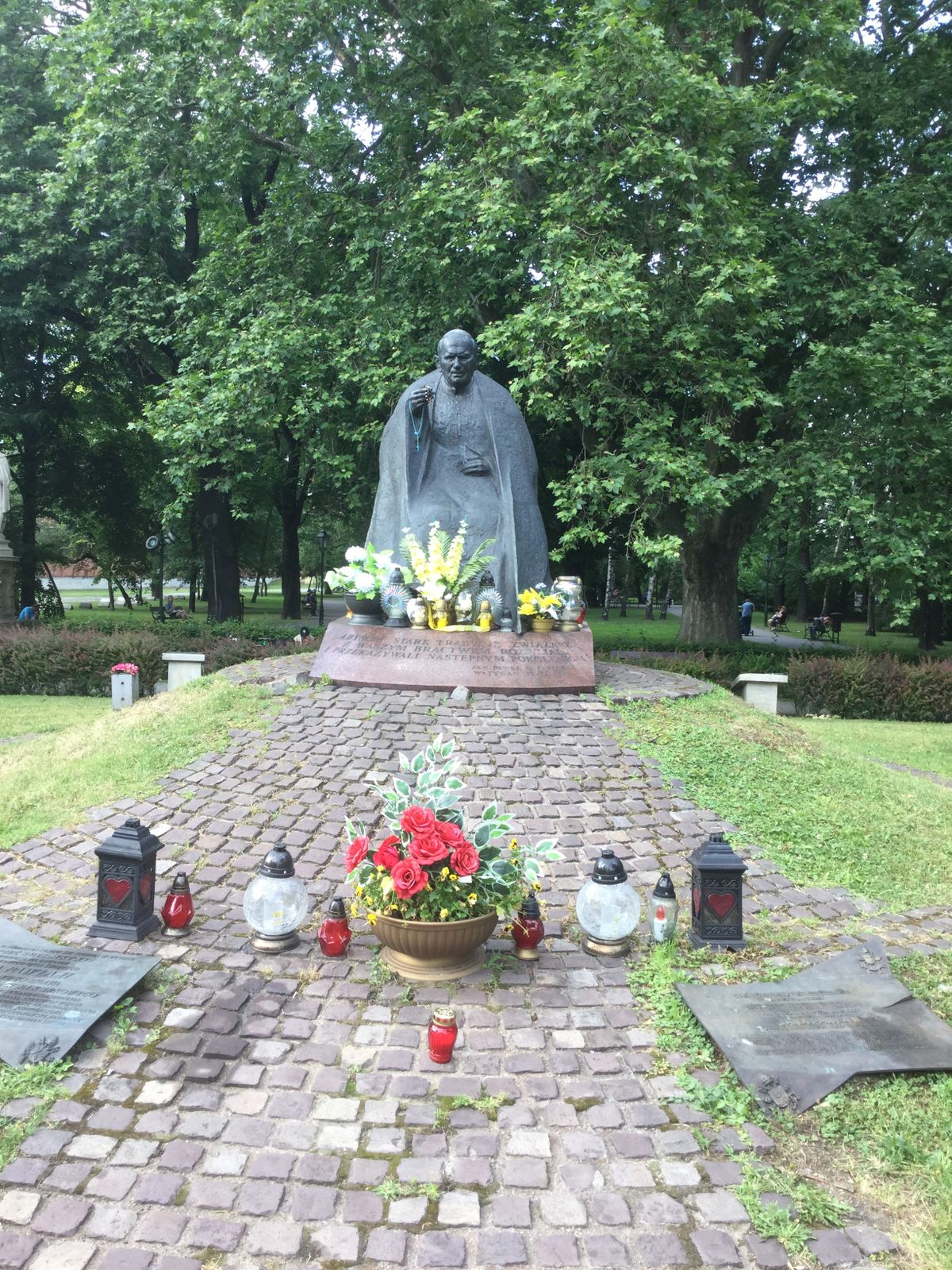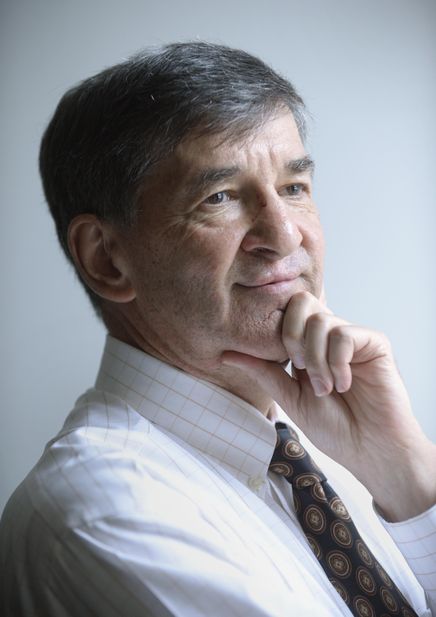Europe Tour 2017: Chapter Seven

KRAKOW, Poland - I trace my interest in Europe's modern and often troubled history to living through some of it from afar as a a Midwesterner born in 1949. The four-month trip I'm taking through Europe has made the history of 1960 to the present day come alive for me in ways I had hoped for before embarking on this trip.
In the past week I rambled the streets of Prague, where Soviet tanks moved in to crush the reforms born in the Prague Spring of 1968; walked the seven-century-old Charles Bridge across the Vltava River; made an unscheduled stop at the Franz Kafka museum and poured over a museum's black and white images of communism's grip on what was then called Czechoslovakia.
But there's more of course. From Prague I took a four-hour train ride to Berlin, the focal point of history surrounding WWII and the Cold War. Berlin was easy to navigate, even for someone who only speaks English. I took the tram from my AirBnB room on the northern ring of the city to Alexanderplatz and then walked easily to the sites I planned to visit. First up was Brandenburg Gate, which has played such a key role in Berlin's history since its construction in the 18th century and may well be Germany's most iconic image.
Brandenburg Gate s connected to so much of Germany's history. The Reichstag, the country's parliament, is just a block away. The memorial to victims of the Holocaust, a block filled with large, gray stone blocks, is only a minute away, as is the U.S. Embassy. Checkpoint Charlie, the best-known Berlin Wall crossing between East and West Berlin, is only a 10-minute walk from Brandenburg Gate. There's a Checkpoint Charlie museum, but I didn't find it necessary to visit because of the excellent public display boards recounting the Berlin Wall and Cold War history.
Brief column intermission: I lost my cellphone in Berlin, so I don't have access to any of the photos I had hoped to share on the blog. I'm going to go where no man has gone for many years: Without a cellphone for the next weeks. I'll be sure to report on how one survives such primitive life.
One of the great surprises of my day of sightseeing in Berlin was stumbling across the Willy Brandt Museum. I vaguely recall Brandt as a public figure, so the museum provided a helpful grounding in his role as a German statesman and politician. Originally a leftist journalist, Brandt eventually served as mayor of West Berlin and then chancellor of Germany. He was awarded a Nobel prize in 1971 for his efforts to strengthen cooperation in Western Europe. There's no admission fee to the museum, which is located on the promenade as you approach Brandenburg Gate.
I left Berlin on Wednesday morning, taking an 8-hour bus trip to Krakow. Not to worry, the bus trip was not nearly as bad as it might sound. I've found that buses in Europe are quite the opposite of what one might encounter in the U.S. The buses here are modern, clean, comfortable and on time. One pro tip: Make sure to have have reading material, a beverage, and something to eat. There's usually no pit stops.
My main reason for visiting Krakow is its proximity to Auschwitz, the largest and most prominent death camp created and run by Hitler's demonic Nazis. I purchased a train ticket to Auschwitz for Friday morning, so I'll share that experience in a future column. Meanwhile, on Thursday I wandered the streets of a delightful Old Town in Krakow. The town square, aided by sunny skies and comfortable temperatures, was a feast for the eyes. Street performers, music, historic sites and a long row of market stalls tempting tourists with amber, leather, decorative wooden boxes and more made for a pleasant interlude.
After I walked away from what used to be the walled city, I came across a six-foot memorial statue of one of Poland's favorite sons, Pope John Paul II, in Strzelecki Park. The memorial was unveiled July 1, 2000 in a pleasant little park. There are several larger, more strategically placed memorials to the late pope, but this one will remain my favorite. As I have indicated previously, I'm not a religious person, but many of my best friends are. I remain fascinated by the stories of religion and its connection to historic sites. I entered two ancient Catholic Churches today. I am drawn to their beauty and calmness. As always, I lit a candle for a long-lost loved one.
